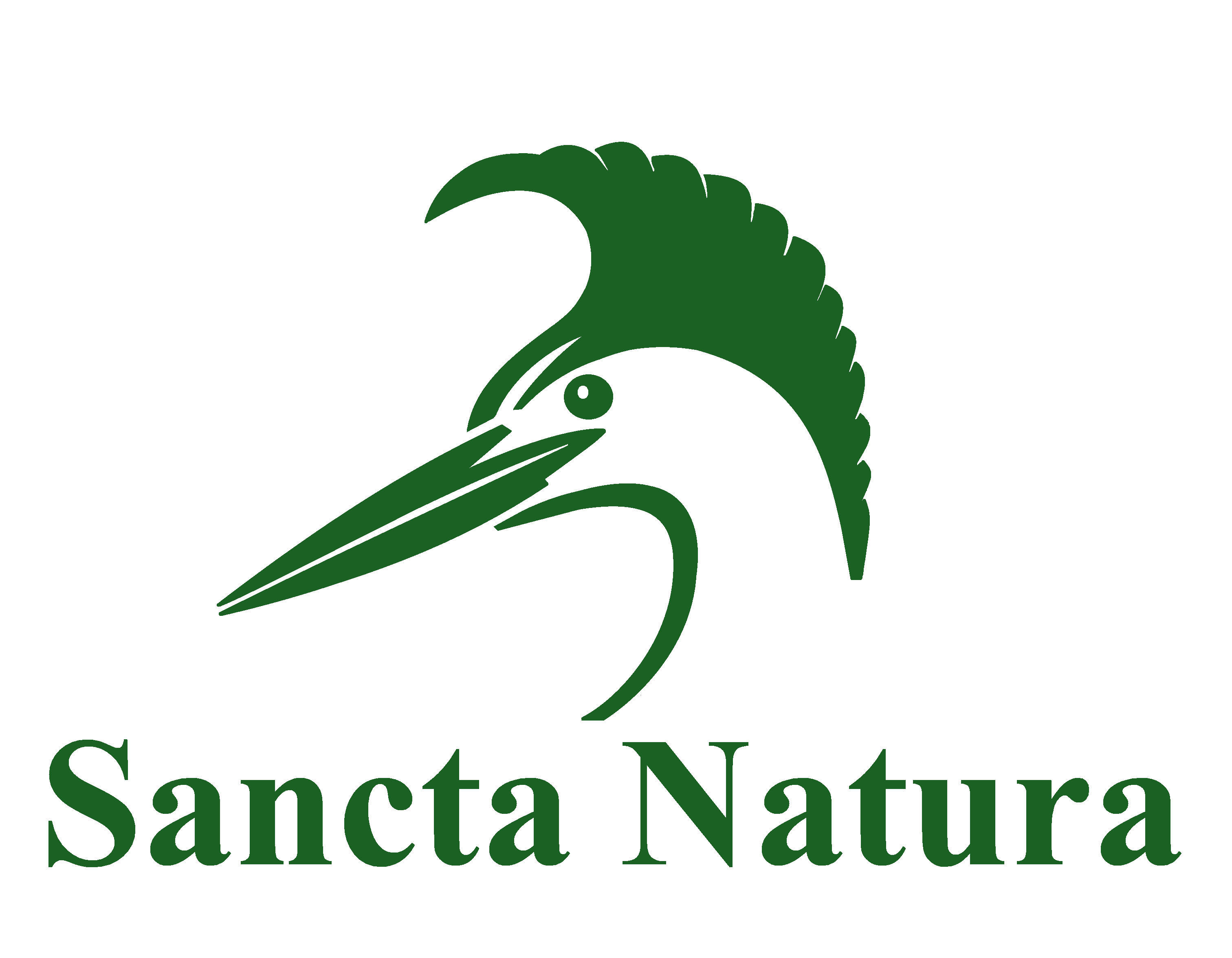The Plight of the American Ash
We are on a large property with hundreds of very large, mature ash trees, especially along treelines bordering former pastureland, and along several waterways, one of which is a larger river. These trees and their ancestors have been an integral part of prime riparian habitat, which has served as ideal woodland for declining species, such as the Prothonotary Warbler since long before the arrival of Europeans in the eastern United States.
Now, however, all of the Ash trees over 50 feet on this land are dead or dying. This is due to the arrival of the emerald ash borer (Agrilus planipennis, aka EAB), an invasive bright green beetle, native to Asia, that feeds on ash trees. First definitely encountered in the US less than two decades ago, it has become extremely prevalent, originally occurring in the Midwest, likely inadvertently included in and escaped from shipments from Asia, but now found throughout a vast majority of the United States and southern Canada where black, green, white, and black ash trees are found with some density. Though this insect feeds on ash species in its native range in Asia, these four North American (as well as some European) species have a lack of natural resistance to the insect, and as a result, ALL FOUR AMERICAN ASH SPECIES are now considered critically endangered, meaning that they are at significant risk of extinction!
Likely, within a year or two, the only living ash trees that will be found on the property we are at are the very seedlings we are planting at this time, and other seedlings resulting from our mass seed plantings scheduled for next season, as almost all of the mature individuals are too far gone to be saved, and the property owners are opposed to certain pesticides, and open to reconverting former pastureland to woodland. And this is the only way we plan to do our part to save ash trees in North America, which have served for as pillars of their habitat since before any of us were here: by harvesting seeds from trees still producing them and mass planting them, and transplanting seedlings to areas where populations have been decimated by EABs, as we explore natural, nontoxic solutions to discourage these insects to protect trees in the future. All of these efforts are funded by the sales of any of our products, and we consider the planting of ash seeds and seedlings one of our highest priorities.
